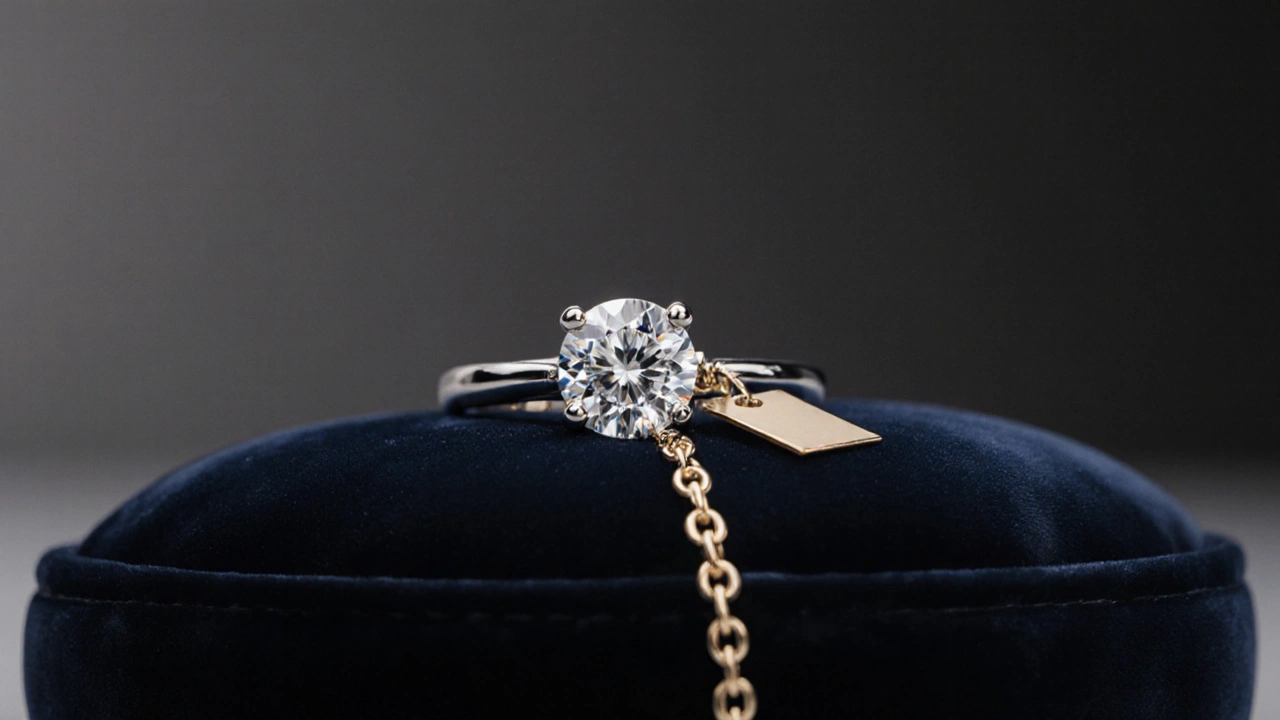How Much Should a Wedding Ring Cost? Practical Answers for Bristol Brides & Grooms
If you’re scrolling through jewelers and wondering whether a £1,500 ring is crazy or a £300 band is cheap, you’re not alone. The price tag on a wedding ring can feel like a mystery, but it’s really just a mix of metal, design, brand and how much you want to spend. Below we break down the main cost drivers and give you simple steps to set a realistic budget.
What Really Affects the Price?
First, the metal matters. Gold, platinum and palladium sit at different price points. In Bristol, a 14‑karat yellow gold band might start around £300, while the same design in platinum can easily double that. Second, the style adds cost. Simple bands with a single line of metal are the cheapest; anything with engraving, milgrain edges or hidden details adds labor and raises the price.
Third, gemstones are a big factor. A plain band stays low, but a ring with a diamond, sapphire or even a coloured stone can jump from a few hundred to a few thousand pounds. Size and quality of the stone (cut, clarity, colour) directly affect the cost. Fourth, brand reputation plays a role. A well‑known designer or a boutique in Clifton may charge a premium simply for the name.
Finally, where you buy matters. Local jewellers in Bristol often offer free resizing and after‑care, while online retailers may be cheaper but charge extra for adjustments. Think about the total cost, not just the sticker price.
Budgeting Tips for Your Perfect Ring
Start with a clear number. Many couples aim to spend about 2‑5% of their total wedding budget on rings. For a £20,000 wedding, that’s £400‑£1,000. Use that range to filter options early.
Ask for a breakdown. A reputable jeweller will tell you how much of the price is metal, stone, labour and overhead. Knowing the breakdown helps you see where you can trim – maybe choose a slightly smaller stone or a different metal.
Consider alternative metals. White gold and palladium often look like platinum but cost less. If you love the look of white metal, these can stretch your budget.
Don’t forget resizing. A ring that’s a size off can cost extra to fix later. Some shops include one free resize; others charge per adjustment. Factor that into your total.
Shop around in the city. Bristol has several jewellery districts – from the historic St. Nicholas Market stalls to the upscale boutiques on Park Street. Visiting a few places gives you a feel for price ranges and quality.
Think about timing. Buying during a sales period or off‑season can shave a few hundred pounds off the final price. Sign up for newsletters from local jewellers to catch discounts.
Finally, remember the ring is a symbol, not a status marker. A well‑chosen band that fits your hand and style will mean more than an inflated price tag. Set a budget, compare options, and pick the ring that feels right for you and your partner.
With these basics, you can walk into any Bristol shop confident that you know what a fair price looks like. Happy ring hunting!
Is $5,000 Too Much for a Wedding Ring?
Explore whether a $5,000 wedding ring is worth it. Learn cost drivers, budgeting tips, and alternatives to help you decide if that price fits your style and budget.
View More